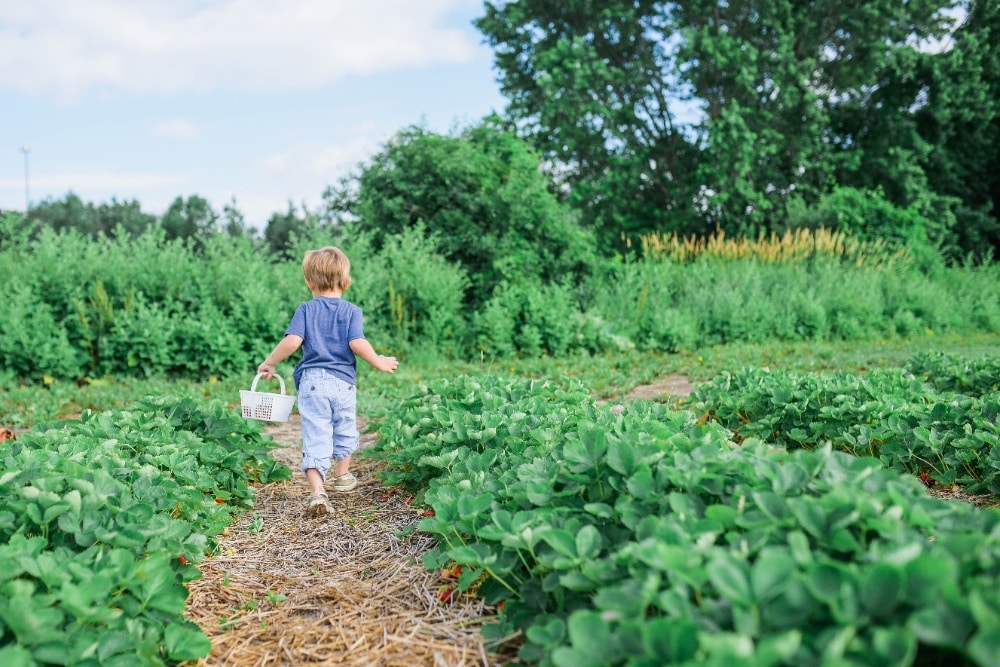What drives a baby to take their first steps? Why does a child persist in riding a bike? What compels an adult to read all 1255 pages of War and Peace? (I read this weighty tome aged eighteen, just after my A’levels, skimming through the ‘war’ bits and focusing on the ‘peace’ bits. Finished it quite quickly as a result…)
These ‘acts’ of determination are driven by conation, defined as ‘the personal, intentional, planful, deliberate, goal-oriented, or striving component of motivation, the proactive (as opposed to reactive or habitual) aspect of behaviour’. (Baumeisteret al., 1998; Emmons, 1986) In short, conation is the will or ‘urge’ experienced in your child’s ‘doing’ or learning.
Conation is one of three key components of our children’s learning and development. Whereas cognition refers to the knowing/understanding/processing parts of brain activity and affect to feelings, the lesser known conation is the ‘action’, how a child actively engages in their learning.
Conation can dip and rise according to the environment, and while it may be a challenge to accommodate the conative styles of your child, it is also vitally important to try. Take some children playing at a water tray in the garden– one child may want to pour, over and over. This satisfies their simple conative style. Another craves something more complex and gets easily bored. Their motivation for the task drops and they move away. If this mismatch with conative styles persists, children may even experience conative stress, where strain, tension or conflict in their environment can impair their learning, leading to a significant decrease in motivation and creativity.
Children’s conative strengths and styles all differ. Adults who understand and respond to these unique conative styles will help their children unleash their curiosity, becoming more enthusiastic and self-directed learners as a result. John Barrell (1995) goes so far to say that helping children to understand their own conative attitudes and skills is one of the most important tasks for parents and educators.
How do we discover children’s conative styles?
One key aspect of conation is each child’s ‘mode of operation.’ (Kathy Kolbe) This is how children approach everything they do. It is important to recognise that when children are playing/acting in their most dominant ‘mode of operation’ (MO) they will be at their most creative and productive. Children’s MO can be broadly classified into four different categories or ‘approaches’ to exploring and learning.
- Exploring
This is the way that children initiate exploring, investigating and probing – how they gather and share information from their environment.
Simplify: Some children simplify how they approach play. For them, the joy is in the immediacy of the task. They will naturally be drawn to uncomplicated, straightforward activities.
Refine: Other children want more elaborate strategies in their play. They might want detailed answers or solutions even if it seems to become complicated.
Rationalise: Others like to explain, describe, label, or talk about what they have explored.
- Planning
This is the way children make sense of their world – how they organise and plan.
Adapt: Some children might want to adapt or find a short cut; they find it easy to multitask.
Rearrange: Other children can detect differences or inconsistencies and adjust things to enhance their play.
Organise: Others like to arrange or design things in their play; they prefer structure.
- Risk-taking
This is the way children improvise – how they deal with risk and uncertainty.
Stabilise: Some children like to stick with play that is familiar and works well.
Check: Other children like to check things out before they try them.
Improvise: Others like to experiment to see what will happen.
- Implementing
This is the way children find tangible solutions. Imagine: Some children will picture or imagine how things might work.
Renovate: Other children will keep things working the way they feel they should
Construct: Others use touch and feel to find solutions, relying on the hands-on approach.
To find out your child’s MO, tick Persistent/Neutral/Resistant for each area in the form below.
| Exploring | Persistent | Neutral | Resistant | |
| Simplify | Drawn towards uncomplicated, straightforward activities. Joy is in the immediacy of tasks. Avoids more complex activities. | |||
| Refine | Enjoys more elaborate strategies in play; may want detailed answers/solutions even when potentially complex. | |||
| Rationalise | Enjoys explaining, describing, labelling, or talking about the environment and activities | |||
| Plan | ||||
| Adapt | Wants to adapt or find a short cut, finds it easy to multitask. | |||
| Rearrange | Can detect differences or inconsistencies and adjusts things to enhance play. | |||
| Organise | Prefers play to be more structured, likes to arrange or design things in play | |||
| Risk taking | ||||
| Stabilise | Plays with what is familiar and works well. | |||
| Check | Checks things out before they try them. | |||
| Improvise | Experiments to see what will happen. | |||
| Implementing | ||||
| Imagine | Pictures or imagines how things might work, has strong sense/imagination of how things could look, less need to touch and feel. | |||
| Renovate | Uses both imagination and touch to work out how things work. | |||
| Construct | Uses touch and feel to find solutions, relying on the hands on approach. | |||
Can you see a pattern? Any surprises? Got you thinking? Conation holds huge significance in shaping our child’s learning experiences. We need to know and understand how they best like to learn!
How can you foster your child’s conation?
Children’s conation is like a fire they are born with; like a fire, it needs to be fed and nurtured. Once extinguished, it is much harder to light again. A tweak here and there in your child’s environment and their interest and motivation can be reset and rekindled.
What do you need to do? Simply discover your child’s conative styles in play today! Let them explore in the way that best suits them and that gives them real agency and freedom. Are they keen on detail? Give it to them! Do they prefer simplicity? Offer that. Do they prefer the familiar? Let them play with it. Do they talk endlessly about what they are playing with? Listen to them! Watch them become ever more self-directed, engaged and motivated.
Conation is what drives our children to take on new things, figure out problems, and keep going even when things get more difficult. Conation is their own personal superpower – helping them grow, learn and meet those goals they long to reach. By putting conation in the spotlight and investing the time to understand and nurture your child’s individual strengths and motivations, you are essentially handing them the key to unlock their full potential. This isn’t just about thriving at home; it is about empowering them wherever they go and whatever they do.
Ultimately, conation isn’t just a theory; it is the driving force that converts your child’s potential into achievement and fulfilment over and over again.
Worth a little detective work, I’d say!
Questions:
1) Have you noticed different conative styles in your children or students? Share your observations and how you’ve adapted your approach to nurture their unique ways of learning and exploring.
2) How can educators and parents collaborate to better understand and support children’s conative styles in both home and school environments? Share your thoughts or any strategies you’ve found effective!
3) What environmental factors have you noticed that significantly impact your child’s or students’ motivation and creativity? How can we optimise these environments to foster conation?




